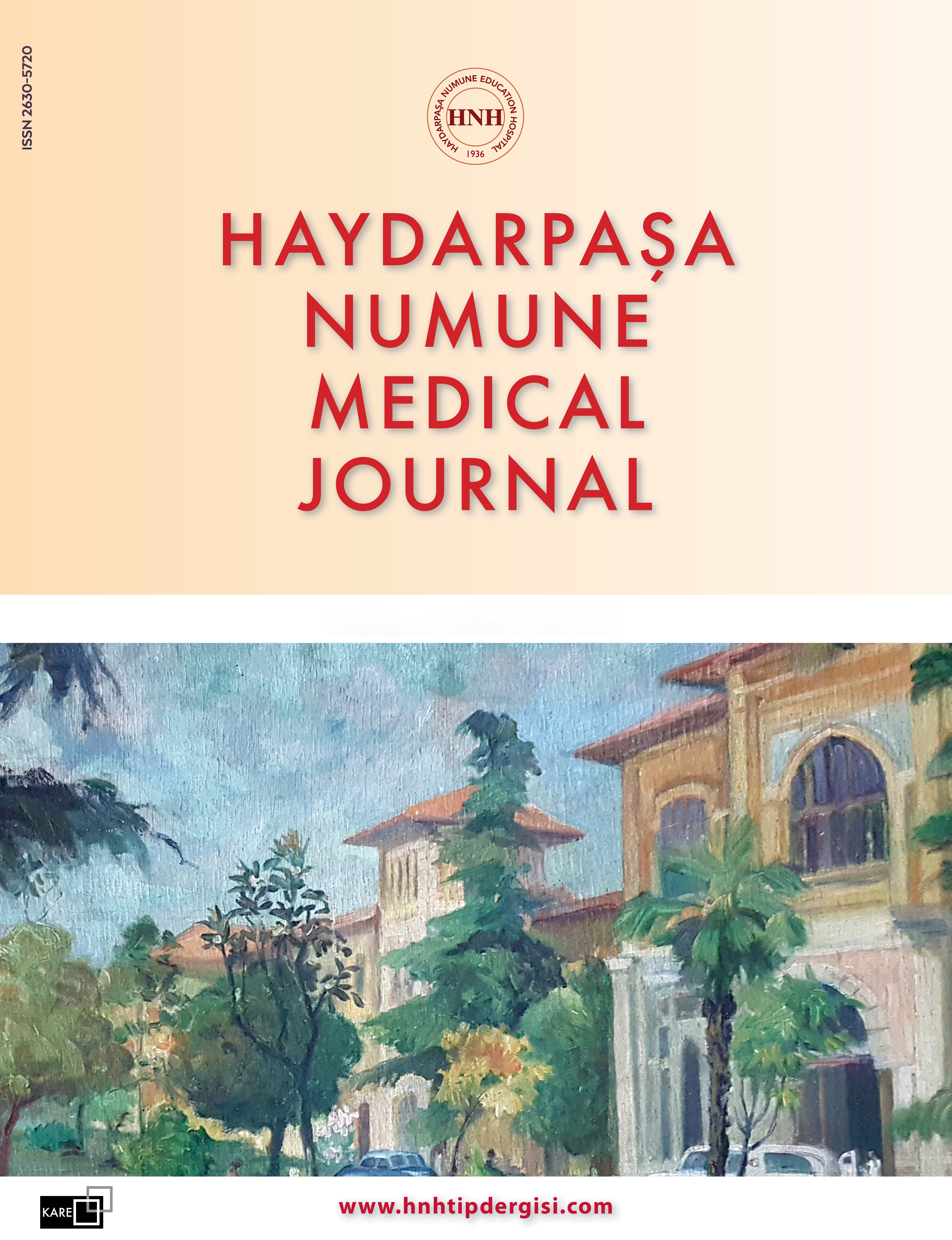OX40 Gene Expression Level on Pathology Sections Obtained from Pituitary Adenomas Tissues
Buruç Erkan1, Ozan Barut1, Barış Çolluoğlu1, Mustafa Kılıç2, Utku Adılay3, Metehan Eseoğlu1, Doğan Güçlühan Güçlü4, Ozan Haşimoğlu1, Osman Tanrıverdi1, Ömür Günaldı11Department of Neurosurgery, Health Sciences University, Cam and Sakura City Hospital, Istanbul, Türkiye2Department of Neurosurgery, Health Sciences University, Sisli Hamidiye Etfal Training and Research Hospital, Istanbul, Türkiye
3Department of Neurosurgery, Balikesir University Faculty of Medicine, Balikesir, Türkiye
4Department of Neurosurgery, Health Sciences University, Bakirkoy Dr. Sadi Konuk Training and Research Hospital, Istanbul, Türkiye
INTRODUCTION: In this study, it was aimed to determine OX40 gene expression level on pathology sections obtained from PA tissues, and the level of circulating OX40L in peripheral blood samples of patients. Furthermore, it was aimed to evaluate the findings depending on the type, histopathological, and immunohistochemical features of the tumor.
METHODS: The study was conducted with two groups (Study/Control). The study group (Group 1) consisted of patients (n=49) operated with the diagnosis of PA. The control group (Group 2) is the brain tissue samples obtained from patients (n=10) who underwent temporal lobectomy for the and treatment of epilepsy due to mesial temporal sclerosis.
RESULTS: We found out that the tissue OX-40 gene expression levels of patients with PA did not differ from the gene expression levels of the control group. There was no statistically significant difference was found as a result of the comparison of pituitary ox40-tissue parameter measurement value with patient finding characteristics.
DISCUSSION AND CONCLUSION: PAs have altered cell behavior and epigenetic modifications that lead to various prognostic patterns and responses to treatment. As the disease progresses, up-and down-regulation of immune factors promotes the interaction between the immune system and tumor cells. Thus, it serves as a potential target for new diagnostic and therapeutic strategies.
Makale Dili: İngilizce
















